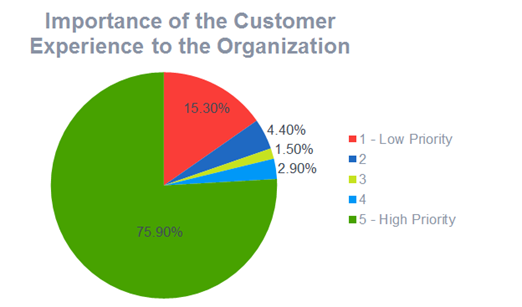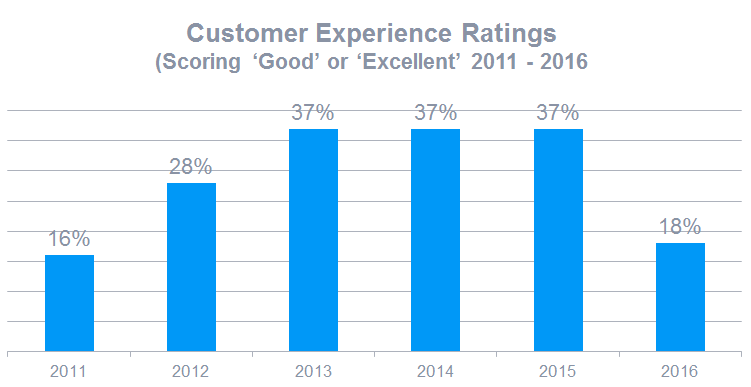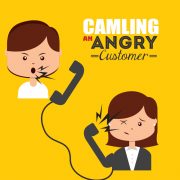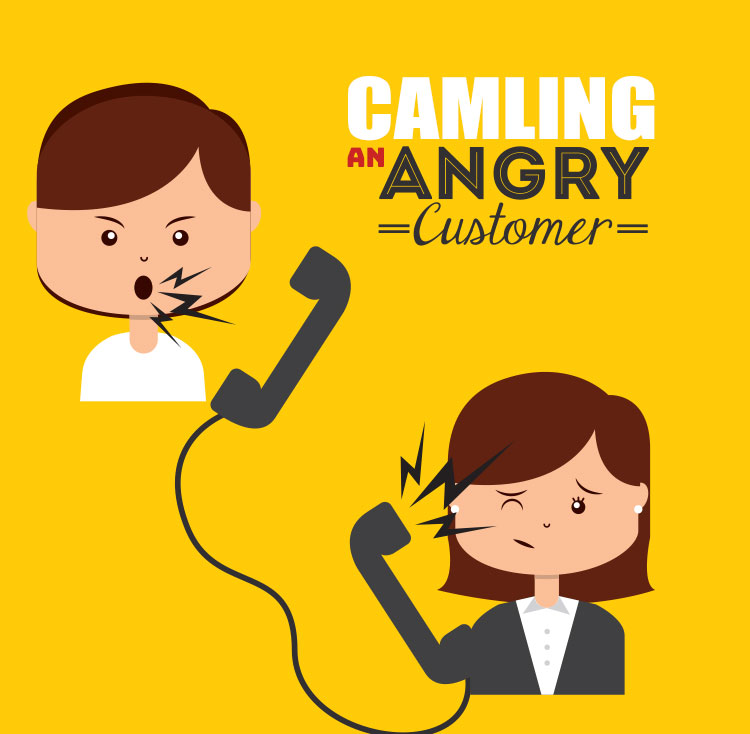Determining the Value of Better Customer Experience
It’s difficult for leaders to show that customer experience changes create value. Does a satisfied customer really make a big difference at the end of the day? How much revenue to loyalty actually bring in? Are phone calls from dissatisfied customers a burden on my business, or is it just a part of how things work?
It’s not a simple equation to figure out. But there are some important rules customer experience teams and company executives to realize:
Rules of Changing Customer Experience:
- The right changes to customer experience are self funding
- It is possible to define the value of better customer experience
Steps to Defining Value of Improved Customer Experience
- Define the customer behavior that creates value for your business, and define the value.
- Create hypotheses about customer outcomes that matter
- Follow customer satisfaction over time
- Apply changes to areas where customer satisfaction changes (positive or negative)
- Track results
How to use the customer data.
Link customer feedback to their actions. This is easier in an online retail space than other industries, but surveys, reviews, recommendations, etc. should be linked to specific customer actions. This is valuable data moving forward with new customer service initiatives.
Divide the customer data into segments. For example, you might divide them into happy, neutral, or dissatisfied customers. Organize your data so that you can see the outcomes over a long period of time. Learn how much each group spends, and how much of a financial burden each group is.
Determine the different costs associated with each customer segment.
Dissatisfied customers consume resources. Returns, phone calls, complaints and more demand employee time and lead to loss of revenue. If your business depends on repeat customers, unhappy customers are especially costly, because your loss of future revenues. Furthermore, you need to define what value a happy customer has over a neutral one. This can require following customer actions for an extended period of time.
What’s Your Goal?
Set a goal to change your percentages of happy, neutral, and dissatisfied customers. For example, set a goal to move 5 percent of dissatisfied customers to the neutral category, and 5 percent of neutral customers to the happy category.
Focus on the most valuable areas of change. In most industries, helping dissatisfied customers feel neutral is the most valuable change to make. Some companies spend too much time and effort trying to get more customers to be evangelists, instead of changing the feeling of dissatisfied customers. That said, in some industries, making one customer so happy about a product or service that they are willing to recommend it is very economically valuable.
Achieving Your Goal
Define what a successful customer experience is. Maybe it is a maximum of two phone calls, zero callbacks and purchase within a week. Maybe it is zero phone calls, and payment within a day. Maybe it is defined by how long someone is actively on your website. Start gathering data based on these categories.
Focus on end-to-end customer experience. Onboarding is one thing, but make sure you’re defining effective fulfillment processes as well. Track where customers change from neutral to a different state (positive or negative).
As you discover the points where people are changing from neutral into happy or sad customers, that is where you place budget and customer service initiatives. Maybe the improvement will be in UX/UI, maybe it will be within how customers are billed. Maybe it’s simply the cost of the service. Maybe it occurs at the point of sale in store. This is where you may need to innovate to find new sources of customer data. Emotion recognition is a hot new source of customer experience data.
Establishing Budget For Customer Experience Changes
Since you’ve established previously the value of different customer experience states, it should be easy to define how much budget you can push into your customer experience goals.
Each initiative should be built to achieve one of these goals:
- reducing the cost to serve
- capturing long-term revenues through loyalty
- improving overall customer satisfaction
It is important to establish a time frame for expecting visible results to a customer service change. For example, if the goal of the changes is to capture long-term revenues and build customer loyalty, that may take a year to bear fruit. Other changes may result in immediate results, however, such as a revamped point of sale system, or updated user interface.



 These days employees well- being is the most growingly pertinent and mandatory consideration in the modern workplace of any organization. Until recently, emotions were considered a forbidden topic in the working place. They were no person’s concern, and they had no place in business. They were not allowed to discuss it and those issues must always be left at home. Today, research on how emotions affect inventiveness, production, and profession success has put a jaunt on the subject. They are realizing that how well they elicit and sustain positive emotional states in their employees plays a major role in their organization’s victory or defeat. This is because emotions directly influence the five major sources of competitive advantage in today’s marketplace: Intellectual Capital, Customer Service, Organizational Reactivity, Production, Employee appeal and retentivity. By becoming more knowledgeable about how emotions affect the primary sources of competitive advantage, organizations can help their management team recognize the critical connection of employee’s emotions and then try to make it right before it affects the productivity. In this paper, the proposed approach to the problem of employee’s emotions are resolved by detecting their emotions using C#. At the time of entering into the organization, face of the employees are captured to analyze their emotions and stored in the database.
These days employees well- being is the most growingly pertinent and mandatory consideration in the modern workplace of any organization. Until recently, emotions were considered a forbidden topic in the working place. They were no person’s concern, and they had no place in business. They were not allowed to discuss it and those issues must always be left at home. Today, research on how emotions affect inventiveness, production, and profession success has put a jaunt on the subject. They are realizing that how well they elicit and sustain positive emotional states in their employees plays a major role in their organization’s victory or defeat. This is because emotions directly influence the five major sources of competitive advantage in today’s marketplace: Intellectual Capital, Customer Service, Organizational Reactivity, Production, Employee appeal and retentivity. By becoming more knowledgeable about how emotions affect the primary sources of competitive advantage, organizations can help their management team recognize the critical connection of employee’s emotions and then try to make it right before it affects the productivity. In this paper, the proposed approach to the problem of employee’s emotions are resolved by detecting their emotions using C#. At the time of entering into the organization, face of the employees are captured to analyze their emotions and stored in the database.








 Calming An Angry Customer
Calming An Angry Customer
 Yesterday, fast-food industry magazine QSR published the 2016 Drive-Thru Study, which rated the country’s various fast-food chains on their customer service. Chick-fil-A employees ranked first in the following three categories:
Yesterday, fast-food industry magazine QSR published the 2016 Drive-Thru Study, which rated the country’s various fast-food chains on their customer service. Chick-fil-A employees ranked first in the following three categories: